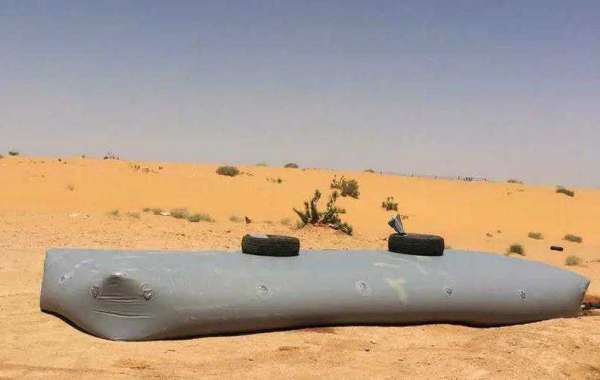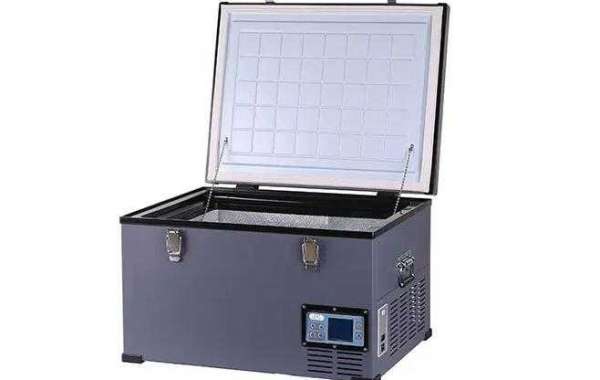How to choose an outdoor tent?
Although I can't travel due to the epidemic, I can't stop a heart that wants to fly. Now put together the outdoor equipment first. The three major camping items - tent, sleeping bag, moisture-proof, are you ready? Choose the right three, and you can start your longing outdoor journey. Today, let's take a look at the tent.
Outdoors, the main functions of the tent are windproof, rainproof, snowproof, dustproof, moistureproof and insect proof, so as to ensure that users can get a good and adequate sleep.
There are various styles of pvc fabric tent. What kind of tent is suitable to choose?
First of all, after clarifying the number of users, taking into account the season and climate of the area of use, let's take a deeper look at the tent from the following 6 aspects.
space
Usually, the width of the tent is based on a person's shoulder width of about 50~55cm to release the appropriate ratio.
The length of the tent needs to be about 40~50cm longer than the normal height, which is convenient for storing bags and other camping materials.
The height of the tent is about 100~120cm.
Generally, a double tent can be used, and 1 to 3 people can be satisfied.
02
Classification
Three-season tent, four-season tent, high mountain tent
Three-season tent: A tent specially designed for spring, summer and autumn suitable for camping. Focusing on breathability, there are transparent gauze nets on the top and sides of the tent, which are ventilated and insect-proof, and relatively light in weight. Lighter equipment often brings a better experience during long-distance hiking.
Four-season tent: The gauze design without three-season tent is convenient for blocking wind and snow when used in winter snow. It pays more attention to airtightness and windproofness, and the weight is heavier. The price of the same model of the same brand is more expensive than that of the three-season tent. The texture is tough, and it can carry wind and snow. The camp posts/poles of the four-season tent are made of high-strength aluminum and carbon fiber, which are stronger than those of the three-season tent. Compared with the three-season tent, the doors, windows and ventilation openings of the four-season tent have more cloth pieces, which can be closed with zippers. In addition, the cloth around the outer tent will always extend to the ground, and the windproof effect is better.
Alpine tent: It is mainly used in relatively harsh snow-capped mountain environments, and is rarely used in general camping.
It is generally recommended to purchase a three-quarter account. Although the four-season tent can also be used in spring, summer and autumn, in order to increase the cold-proof effect, the inner tent is mostly made of nylon to prevent the cold.
Single-layer account, double-layer account
Single-layer account: The difficulty of building a single-layer account is simple except for the automatic account. The material of the single-layer tent is composed of three layers of cloth: the outer layer is generally nylon with higher strength, which is used to protect the film with waterproof and breathable function in the middle; the middle layer film can not only block the infiltration of external water vapor, but also eliminate the water vapor in the tent; The inner layer of thin fluff can absorb the moisture inside.
The more prominent advantage of the single-layer tent is its lightness. However, in a warm and humid environment, the air permeability is poor, and the water vapor is still easy to condense. It is generally not recommended to choose a single-tier account.
Double-layer tent: Double-layer tent can better solve the problem of waterproof and breathable. Most of the double-layer tents are breathable and not waterproof, so the water vapor can be easily discharged from the inner tent. The outer tent is waterproof and airtight, and while it is rainproof, it can also collect the water vapor discharged from the inner tent, so that when it condenses into water droplets, it slides down the outer tent.
Note: The ground nails and camp ropes of the outer tent must be tightened, and the inner tent should not be in contact with the outer tent, otherwise the water will wet the inner tent and lose the original effect.
In addition, there are ordinary tents, ultra-light tents, pole tents, no pole tents, self-supporting tents, non-self-supporting tents, single-door tents, double-door tents, etc.
03
structure
Different structures of tents have different advantages and disadvantages. At present, the common shapes are dome, fish ridge, pyramid and tunnel.
Dome tent: The main poles are crossed, generally located at the top of the tent, to increase the pressure resistance of the top of the tent. This kind of tent is common, and the wind resistance performance is relatively general.
Fish Ridge Tent: One main pole, light weight, medium wind resistance, relatively simple to build.
Pyramid tent: It cannot stand on its own and has no bottom tent. It needs trekking poles to be built in the middle or on both sides, but it has excellent wind resistance.
Tunnel tents: Also known as "arch tents", the poles are curved, and the design close to the ground can reduce the impact of wind, and the windward construction is most stable, but the crosswind will make the tent shake slightly. The space is large, but the construction is relatively cumbersome.
04
part
A general trekking tent consists of an outer tent, an inner tent, a tent pole, a ground nail, a wind rope and a ground cloth.
The fabric of the outer tent mainly determines the waterproof performance. Now there are two common types of polyester fiber and nylon.
A tent made of polyester fiber (also known as polyester) as an outer tent has a soft texture, good strength, bright colors, corrosion resistance and UV resistance.
A tent using nylon as an outer tent has more than 10 times the abrasion resistance and tear resistance of cotton, and is lighter and softer than polyester fiber.
In the product parameter column of the tent, you will often see two units, T (polyester taffeta, polyester taffeta) and D (denier, Daniel), which correspond to the two materials above. Both are density units, the weight of the material per unit area, it can be simply considered that the larger the number, the higher the strength and the heavier.
The inner tent is mainly made of mesh fabric, which is used for ventilation and insect resistance.
For tents, better tents will use aluminum alloy tents from South Korea’s DAC or Easton in the United States, and some of them also use carbon fiber, which is lighter. The strength of domestic 7001 aluminum alloy is also good. The early fiberglass poles were heavy and not strong enough, and were easily broken in strong winds. The quality of the tent pole determines the stability of the tent to a certain extent.
The ground nails and wind ropes cannot be ignored. The stability and wind resistance of the tent, as well as the aesthetics, largely depend on whether the fixing of the ground nails and the pulling of the wind rope are correct and reasonable. The ground studs are usually made of plastic (only for the beach) or aluminum alloy, and titanium materials are lighter and stronger. The current strongest material for wind ropes is Dyneema, and most tents usually use nylon ropes with reflective materials added.
The main purpose of the ground cloth is to protect the bottom of the account from dust and moisture. Usually, the ground cloth originally provided by the manufacturer is used. If you buy it alone, you can choose some light fabrics, such as 40D nylon, or even plastic cloth. Moreover, it should be noted that the area of the ground cloth should not be larger than the actual bottom of the tent, because after it rains, the rainwater will flow down the outer tent, and the difficulty of drainage of too large ground cloth will cause "water pockets".
05
Exterior
The color of the inflatable pvc material is generally brighter and brighter than natural, so that it is easier to identify outdoors.
I wish you to choose a suitable tent and enjoy a comfortable outdoor trip.







